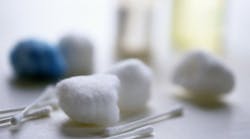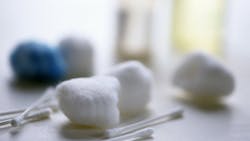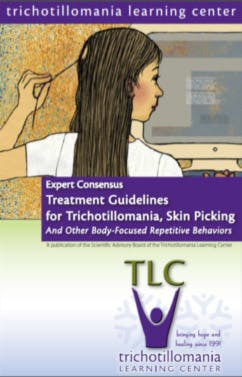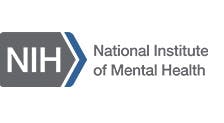A new diet trend called “cotton ball juicing” has made its appearance especially with young girls. What is happening is that teenage girls are soaking cotton balls in juice and then eating them. Unreal! According to a news report, they believe that cotton balls have a sponge-like effect, so they will expand in their stomachs and fill them up without filling them out.(1) If it is not readily apparent, this is not a good idea! Cotton balls are indigestible objects, and ingesting them can form a bezoar, which is essentially a giant mass of undigested material that becomes trapped in your stomach, forming an intestinal obstruction.(2) Another issue is that today, many “cotton” balls are not really made of cotton, but rather of synthetic materials. One more concern is that if these young women or girls are eating things like cotton balls, they are most likely malnourished. Other issues connected with eating disorders, like anemia, fatigue and other medical conditions, can surface. In addition to intestinal blockage and malnutrition, they could choke on the cotton balls.
According to some experts, the cotton ball diet is not an isolated fad. In a young teenage girl, this diet could have further implications. It could be a part of a spectrum of psychiatric illnesses like trichotillomania, where a person pulls their hair, and pica, where a person eats nonfood like the cotton balls or starch, all in the realm of obsessive compulsive disorders and eating disorders.(3)
The Trichotillomania Learning Center (TLC) is a national nonprofit devoted to ending the suffering caused by hair pulling and skin picking. It is only twenty years old, and shares research into treatments for trichotillomania and skin picking. Although no one treatment has been found to be effective for everyone, a number of treatment options have shown promise for many people. At this time, management of these behaviors should begin with education about the disorders, followed by consideration of the treatment options such as Cognitive-Behavioral Therapy, Medications, Alternative Therapies, and Support Groups. Special considerations for treating children and adolescents are discussed in the “Expert Consensus Treatment Guidelines for Trichotillomania and Skin Picking."(4)
Become informed, you could save someone’s life.
References 1. http://www.king5.com/health/New-cotton-ball-diet-poses-major-health-risks--233083851.html. 2. Mintchev MP, Deneva MG, Aminkov BI, Fattouche M, Yadid-Pecht O, Bray RC (1 February 2010). Pilot study of temporary controllable gastric pseudobezoars for dynamic non-invasive gastric volume reduction. Physiol. Meas. 31 (2): 131–44. 3. http://www.trich.org/. 4. http://www.trich.org/dnld/ExpertGuidelines_000.pdf. 5. http://www.eatingrecoverycenter.com/. 6. http://www.edrcsv.org/. 7. http://www.nationaleatingdisorders.org/. 8. http://www.nimh.nih.gov/health/publications/eating-disorders/index.shtml.










